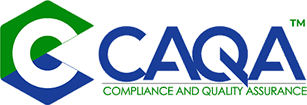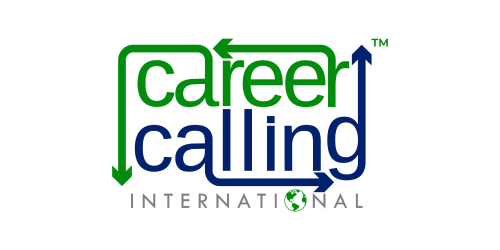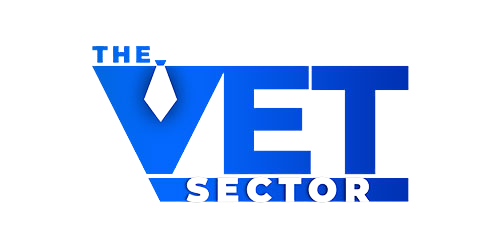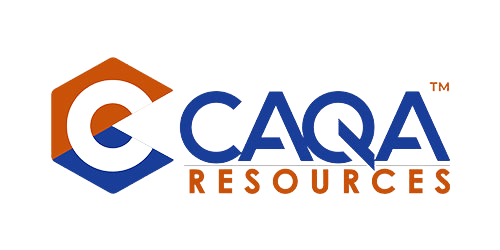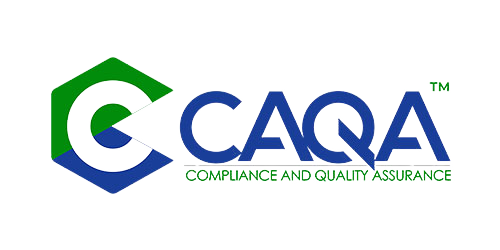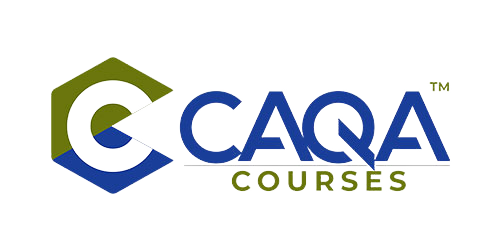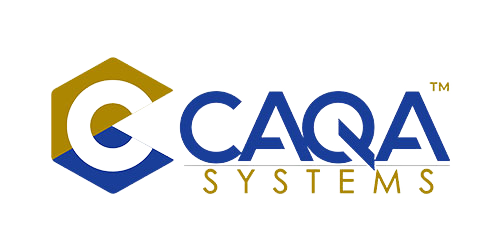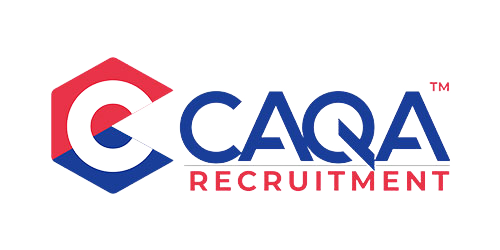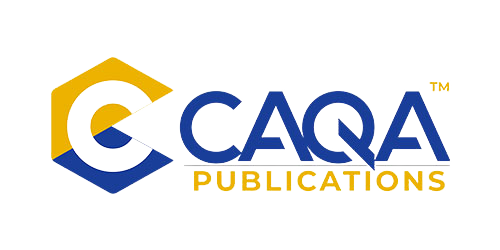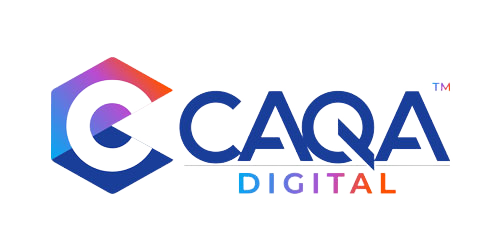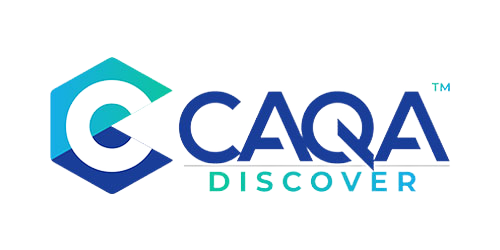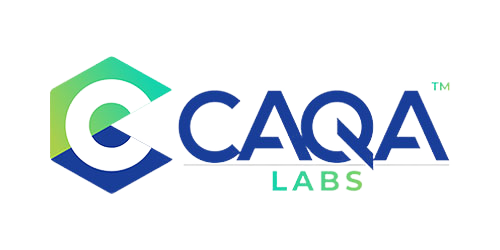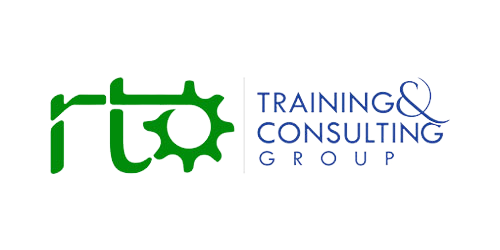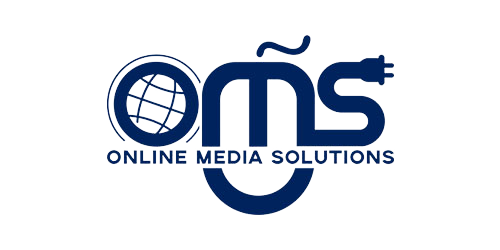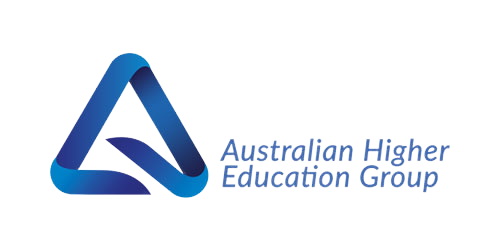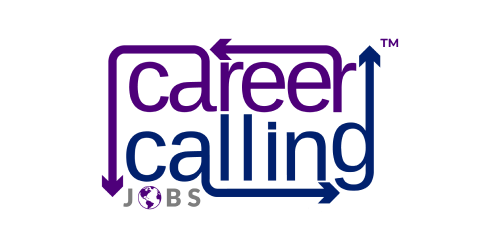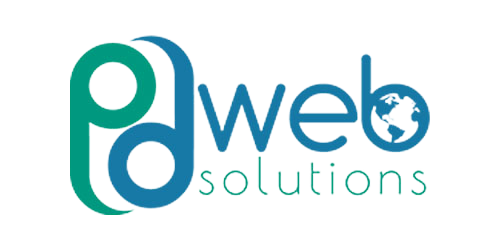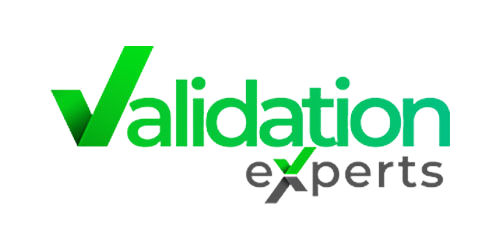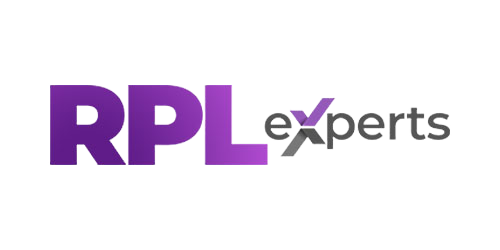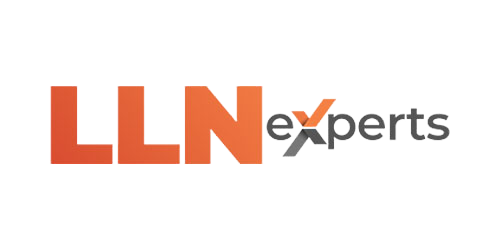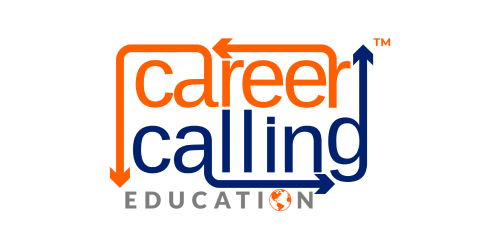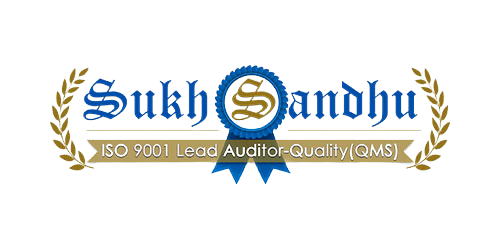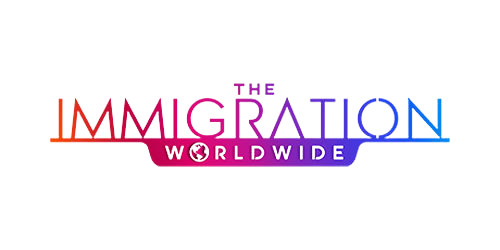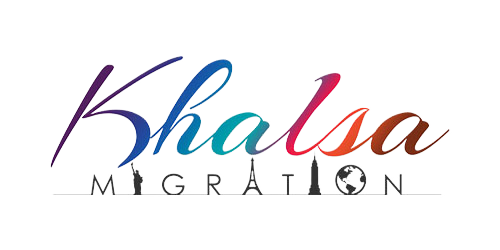THE COMPLIANCE CROSSFIRE: WHY JULY 2025 WILL FORCE RTOS TO CHOOSE A SIDE
As the Australian vocational education and training (VET) sector approaches the pivotal deadline of July 2025, a sweeping transformation is poised to redefine the relationship between Registered Training Organisations (RTOs) and regulatory authorities. The revised Standards for RTOs 2025 represent more than just a policy update; they embody a philosophical shift in the way quality, compliance, and accountability are understood in vocational education. The sector will not merely face an adjustment to existing frameworks, but rather a full-scale reinvention that demands RTOs adapt or risk becoming obsolete.
The new regulatory landscape comes with a host of competing narratives. Regulators advocate for collaboration, education, and support, while political rhetoric increasingly targets "dodgy providers," calling for more stringent enforcement. This dichotomy places RTOs in a difficult position, caught between the conflicting demands of maintaining quality and meeting politically driven expectations.
The Regulatory Paradox: Partnership or Punishment?
A central tension in the lead-up to 2025 lies in the contradictory nature of the regulatory approach. Over recent years, regulators have shifted toward a more collaborative, educative model, positioning themselves as partners in fostering quality rather than just enforcers of rules. This approach is exemplified in new legislative requirements that regulators provide resources, guidance, and training to support RTOs as they implement the revised standards.
However, this collaborative stance is at odds with the political climate, which continues to call for harsh crackdowns on underperforming providers. This creates a precarious situation for RTOs: today’s supportive guidance could become tomorrow’s compliance trap if political priorities shift, leaving training providers exposed to changing enforcement measures. The relationship between RTOs and regulators remains fragile, with the potential for collaboration to devolve into conflict if political pressures intensify.
The Audit Anxiety: A Crisis of Consistency
As the 2025 Standards introduce a focus on outcomes rather than prescriptive processes, the risk of audit inconsistency looms large. This shift provides space for innovation but also opens the door to uncertainty. Auditors may interpret the new standards in vastly different ways, creating a compliance lottery where RTOs are judged not by the quality of their operations but by the particular auditor assigned to their case. This is compounded by concerns over the capabilities of auditors, especially in evaluating intangible aspects like organisational culture, leadership commitment, and pedagogical expertise.
The ability of regulators to ensure consistent and capable auditing will be one of the most significant challenges as the new standards are implemented. The capacity to maintain fairness and clarity in the audit process will determine whether the regulatory approach becomes a genuine partnership or a source of ongoing conflict for RTOs.
The Assessment Revolution: Rethinking Competency
The 2025 Standards signal a fundamental shift in how assessment is approached within the VET sector. The focus will move away from compliance-centred documentation towards assessing actual workplace competency. RTOs must rethink their assessment strategies to ensure that they accurately measure real-world skills, rather than just theoretical knowledge.
Validation processes, traditionally a routine compliance check, will now be scrutinised for their authenticity and relevance. This new approach demands that RTOs engage in continuous reflection and improvement, making validation a dynamic, ongoing process rather than a one-off task. Furthermore, the challenge of demonstrating true competency in vocational contexts becomes even more pronounced under the new standards. RTOs must provide clear evidence that their assessment practices truly reflect the capabilities required in the workplace, while accommodating diverse learner needs and adapting to evolving industry standards.
The Governance Gambit: Raising the Ethical Stakes
One of the most transformative aspects of the 2025 Standards is their emphasis on governance and leadership. Under the new requirements, governing bodies must assume direct responsibility for the culture, ethics, and quality of their organisations. The shift from passive to active governance will require leaders to ensure that their operations align with the values of integrity, transparency, and fairness—values that must be embedded in every aspect of the RTO’s functions.
This heightened accountability represents a dramatic change for RTO leaders, who can no longer delegate responsibility for compliance solely to operational staff. Leadership must model ethical behaviour, ensure cultural safety for First Nations and marginalised groups, and foster an environment where diversity and inclusion are prioritised. With these new governance standards in place, the stakes for RTO leadership are higher than ever before.
The Funding Fragmentation: Navigating Multiple Masters
The introduction of direct federal funding, alongside traditional state-based models, creates additional complexity for RTOs. The fragmentation of funding sources introduces new challenges in compliance, requiring RTOs to balance multiple regulatory expectations and administrative burdens. RTOs must navigate this maze of requirements, ensuring that they remain aligned with quality standards across different funding streams while avoiding unnecessary duplication in reporting.
The Sustainability Squeeze: Managing Compliance Costs and Financial Viability
For many RTOs, the financial pressures of the 2025 Standards will be significant. The transition requires substantial investment in professional development, systems redesign, and evidence management—all of which must be balanced against the economic realities of operating in a competitive, cost-sensitive environment. RTOs that fail to manage these competing pressures risk compromising their financial viability, which could undermine their ability to meet the revised standards.
The Workforce Imperative: Bridging the Capability Gap
The shift to outcome-focused quality assurance under the 2025 Standards will require a significant upskilling of the VET workforce. Many RTO staff, particularly those who have been trained in a compliance-focused environment, will need to undergo a fundamental reskilling. This includes developing new expertise in areas such as assessment design, data analysis, and continuous improvement, all of which are essential to meeting the new regulatory demands.
The Strategic Imperative: Positioning for Leadership
With the July 2025 deadline looming, RTOs face a critical strategic decision: will they approach the revised standards as a compliance burden or as an opportunity for transformation? Those who choose to lead rather than follow will embrace a strategic approach that focuses not only on meeting the minimum requirements but on aligning their organisational practices with a commitment to quality, ethical leadership, and continuous improvement.
RTOs must view the revised standards as a chance to reevaluate and realign their policies, procedures, and operations. This includes engaging with stakeholders, simplifying documentation, and creating flexible frameworks that can respond to future challenges. Those who position themselves strategically will emerge from the transition stronger and more resilient.
Conclusion: The Choice that Defines the Future
As the July 2025 deadline approaches, RTOs are faced with a defining choice: will they embrace the revised standards as a compliance challenge or as a strategic opportunity to redefine their organisations for the future? Those who see the transition as an opportunity to drive quality improvements and foster ethical leadership will not only survive the regulatory changes but will thrive in the new landscape of vocational education.
The implementation of the Standards for RTOs 2025 represents a watershed moment for the entire VET sector. The choices made by RTOs will determine whether the industry emerges stronger, more trusted, and more capable of meeting the needs of learners and industry. As the regulatory reckoning approaches, the question remains: will the sector rise to the challenge or be defined by it?
